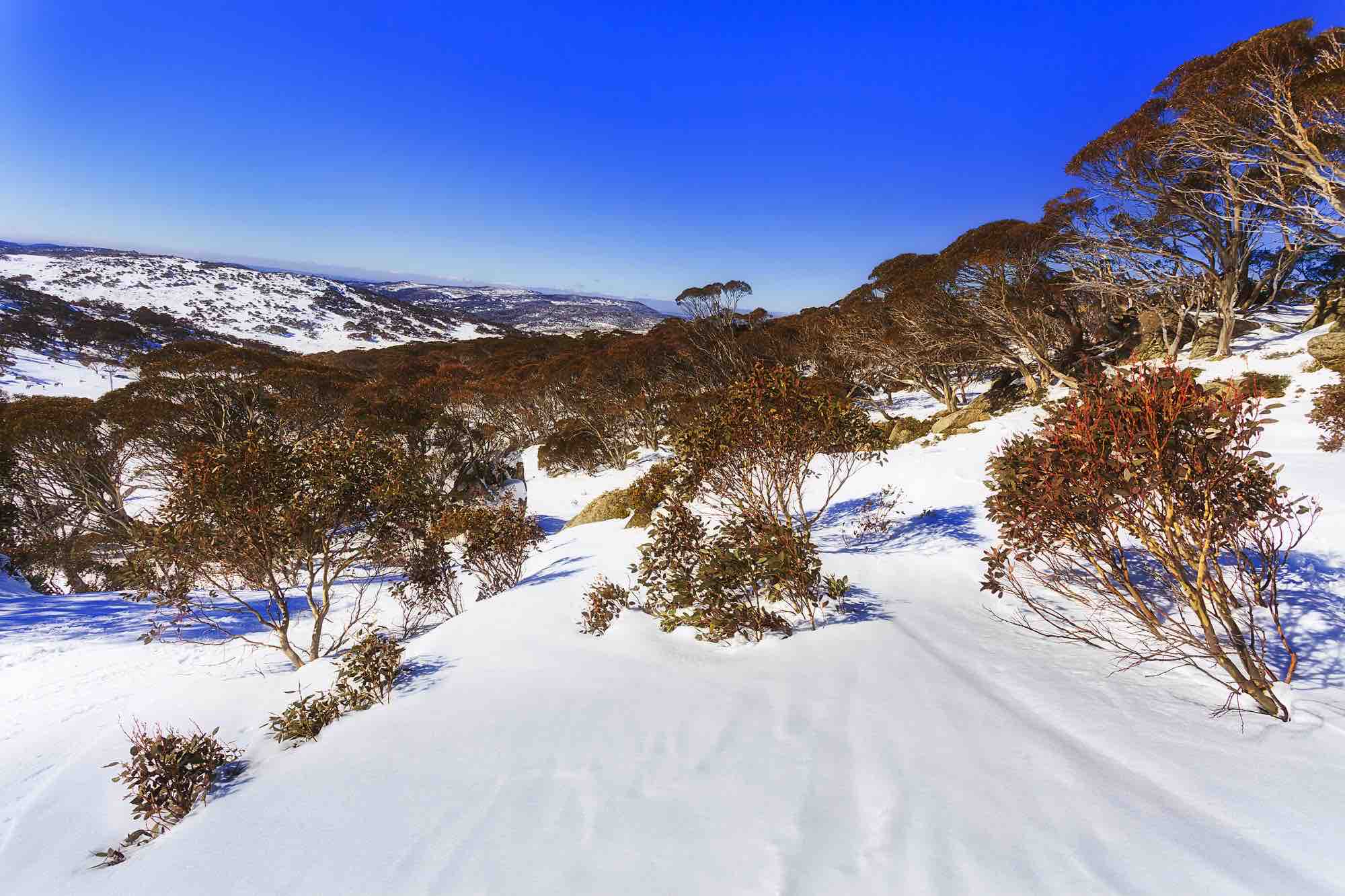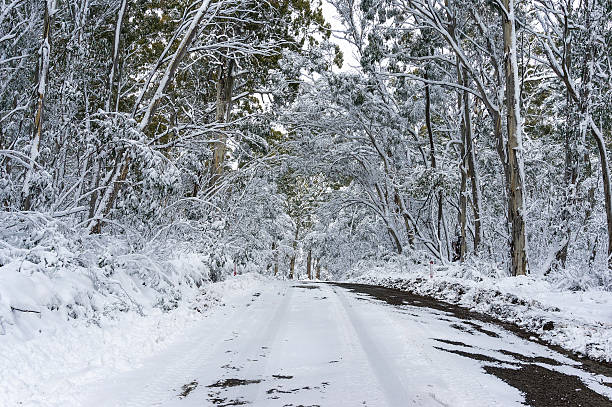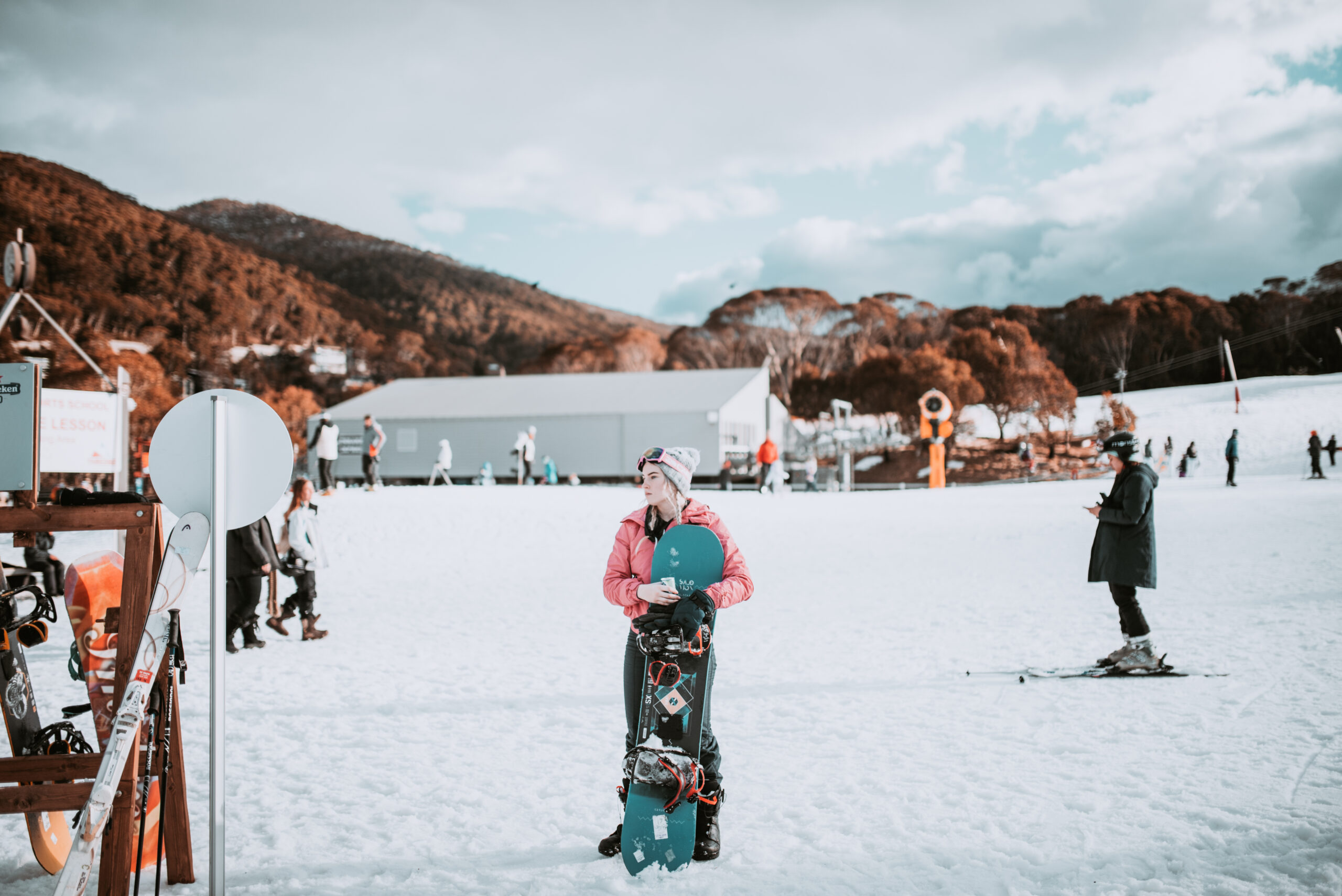Learn Which Parts Get the Heaviest Snow In Australia During the Winter Months
Wiki Article
The Various Types of Snow in Australia and Their Impact on Winter Months Sports
Australia, known for its sun-soaked beaches, is additionally home to a diverse range of snow problems that significantly affect winter season sports. Each kind, from the wet seaside snow to the completely dry indoor powder, provides special obstacles and advantages for athletes. An understanding of these variants is important for those looking for to navigate the Australian inclines, as each needs various strategies and durability. The adhering to exploration will certainly discuss the ramifications of these snow kinds on winter season sports efficiency.
Comprehending the Characteristics of Various Snow Kinds
While numerous assume that snow is an uniform entity, it is vital to recognize that there are various types, each with special qualities. In Australia, these variants are particularly noticable because of weather variety. Coastal snow, found in locations such as the Snowy Mountains, is normally wetter and denser because of high moisture content, making it excellent for snowball fights or building snowmen. On the other hand, the snow discovered in the interior areas like the Australian Alps is drier and lighter, typically contrasted to a cosy powder. These distinctions in snow type aren't just aesthetic; they significantly effect winter months sports, dictating the simplicity of motion, the speed possible, and the degree of control called for from athletes.The Impacts of Powder Snow on Snowboarding and Snowboarding
Despite its light and cosy look, powder snow in the Australian Alps presents both special obstacles and chances for wintertime sporting activities enthusiasts, particularly those involved in skiing and snowboarding. The loose, dry nature of powder snow can originally be tough to browse for novices, requiring careful balance and control. Nevertheless, for even more knowledgeable specialists, the soft, untracked snow uses an exhilarating experience, enabling nimble and vibrant motion. The forgiving and smooth surface area of powder snow additionally lowers risk of injury throughout falls, making it a favored choice for extreme winter season sports. Yet, it's worth noting, the differing depth and uncertain nature of powder can sometimes lead to concealed challenges, asking for continuous caution.
The Obstacles and Advantages of Jam-packed Snow in Winter Sports
Shifting emphasis from the loosened, completely dry powder snow, one more common type of snow in the Australian Alps is stuffed snow, presenting its very own collection of obstacles and advantages in the realm of wintertime sports. Browsing turns and regulating speed can be difficult on jam-packed snow, calling for greater skill levels from professional athletes. Despite these challenges, loaded snow continues to be a crucial element in several winter season sports, forming the performance and techniques of athletes.The Duty of Damp Snow in Australian Winter Games
Unlike the thick, glossy surface of packed snow, wet snow plays a totally various function in Australian winter games. Qualified by its high dampness material, damp snow impacts the speed and control of winter months sporting activities participants. Its hefty, sticky nature can be challenging for athletes, specifically in winter sports and snowboarding where speed and manoeuvrability are crucial. Its malleability makes it optimal for snow sculpting occasions and for strengthening snow frameworks in sports like snow fort fights. In spite of its challenges, damp snow presents a distinct dynamic to winter season video games in Australia, screening athletes' adaptability and resilience, and offering as a reminder of the varied climate problems they must be prepared to face.
Exactly How Slushy Snow Influences Winter Season Sports Performance
Continuing the expedition of varying snow problems in Australia, the effect of slushy snow on winter sports is one more fascinating aspect. Slushy snow, resulting from warmer temperatures or straight sunshine, positions special obstacles to athletes. Therefore, slushy snow transforms the winter sporting activities landscape, requiring not just heightened physical exertion from professional athletes yet likewise a greater focus on safety and security preventative measures.Adapting Winter Season Sports Techniques to Numerous Snow Problems

look at this web-site
Verdict
In final thought, Australia's diverse snow kinds significantly impact winter season sporting activities performance. Each kind, from the slick seaside snow to the drier interior powder and the heavy, sticky damp snow, offers distinct obstacles and benefits.Changing emphasis from the loose, completely dry powder snow, one more prevalent type of snow in the Australian Alps is jam-packed snow, posing its own collection of obstacles and benefits in the realm of winter season sports - Does Australia Get Snow.In contrast to the thick, slick surface of stuffed snow, wet snow plays a completely various duty in Australian winter games. Its malleability makes it optimal for snow sculpting occasions and for strengthening snow structures in sports like snow ft fights.Continuing the exploration of differing snow problems in Australia, the effect of slushy snow on winter season sports is blog here one more fascinating aspect. Each kind, from the slick coastal snow to the drier interior powder and recommended you read the hefty, sticky wet snow, provides unique obstacles and benefits
Report this wiki page